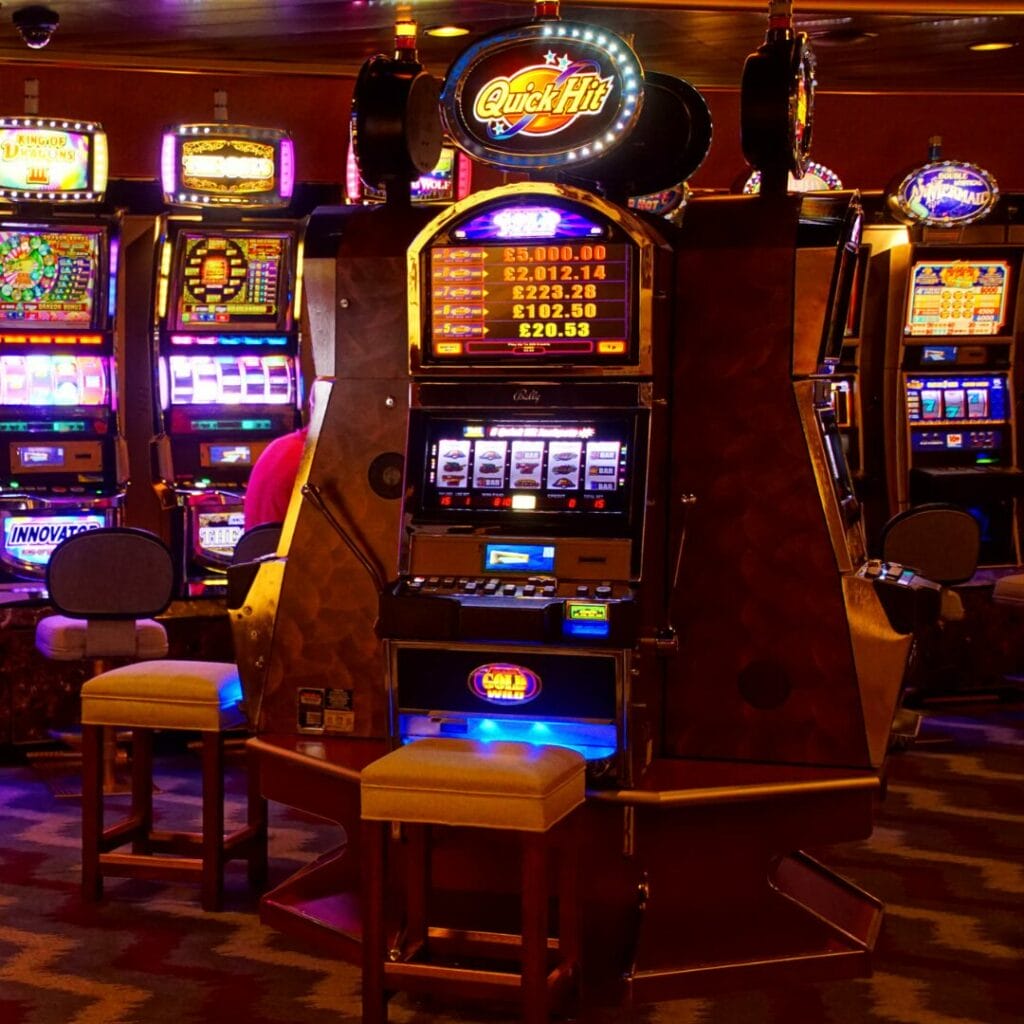I am often asked what data I look at on a regular basis to keep my finger on the gaming pulse. There are always intricate analyses I complete for specific projects, but there are some regular reports I investigate every month… without fail.
Here are some areas for analysis that are important in gaming data and help to find those useful nuggets of information that can increase play or visitation:
- It’s not just a ranking report
The ranking report still provides a simple and useful tool to determine game popularity. But it’s more than just about the Top 20 games. The ranking report provides you with the “game types” that are popular among players. Rather than just buying more of the Top 20 games, you can use the game types that are popular in your ranking report to branch out into newer games that fit the current trend.
Yes, Dragon Train and Dragon Link are very popular games, but it’s the “Hold and Spin” mechanic, and “Cash on Reel Collection” games, that players really like. Use this information to try to add some game variety to your floor.

- Don’t forget the reps!
Sales reps for all poker machine manufacturers are a great source of knowledge on what’s working across the industry. Not only can they tell you what games are the most popular for their products and their competitors, but they can often tell you what players like the game, which is important for positioning. They can advise on whether a game is working in a Club of a similar size and type. And most importantly, they can tell you what is in the development roadmap for games in the future. Treat your meetings with reps as a report on current gaming trends and ask the right questions.
- Track Tier trends
In the tougher economic climate many higher tier players are reducing their spend on gaming. Typically, high tier players operate businesses, or have changed the way they work, or have simply changed their life circumstances. Keep an eye on movements among high tier players.
I always ensure I focus on the middle tiers as these are the players who are coming through for the future. They may be working full-time or raising children at the moment but in a few years’, they will have more time to visit your Club.
- Occupancy and time of day trends
Most Clubs still tend to put promotions on during off peak periods to try and increase numbers on slow days or nights of the week. A 5% increase in machine occupancy or turnover on a Monday morning isn’t anything like the money you would make from a 5% increase on Thursday night promo, so fish where the fish are!
However, most promotions in gaming are not big enough to entice a player into your venue. But what it can do, is convince them to stay a little longer. So, your promotions should be timed to start just before you peak starts to decline. Therefore, understanding your time-of-day trends is important to structure these promotions.
- Keep it local
The main reason people visit Clubs and pubs is convenience. Customers will always prefer to go somewhere local for their entertainment, so when looking to increase customer visitation, target 5 or 6 suburbs surrounding your venue. Letterbox drops are making a comeback for exactly that reason. It’s much easier to get a local player in for an extra visit in each week than to get a player from 15km away. Stay on top of the data and focus on your top 5 postcodes.

Many of these metrics might seem more important for marketing than gaming, but if you aren’t on top of this information as a Gaming Manager, and help the marketing department focus on specific areas, their tendency is to focus on foot traffic, and get 10,000 people through your door for a badge draw, filling up the car park with non-players who drink water. You can’t blame the marketing team if you aren’t prepared to help with their planning.
In some ways we are moving back to the traditional gaming operation, with a clear focus on “Recency, Frequency, Locality, and Spend / Turnover” to ensure gaming continues as a positive, and recession-proof, revenue stream.


